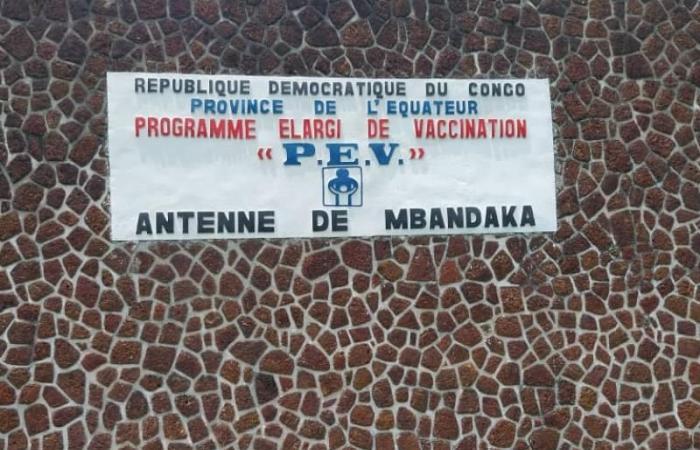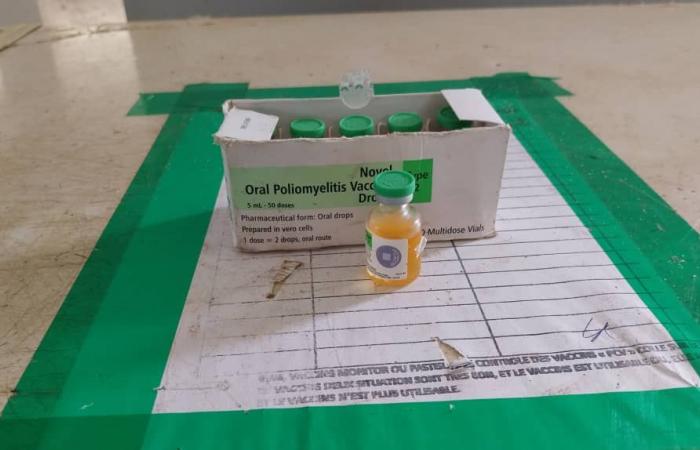The branch of the Expanded Vaccination Program (EPI) in the city of Mbandaka considers itself to have been successful in its vaccination campaign, which took place from October 10 to 12, 2024 in all health zones of the province. According to partial data provided by the logistician of this health structure, 594,583 children were vaccinated, or 98.4% out of 604,222 identified.
The EPI vaccinators carried out the door-to-door strategy to meet children aged 0 to 59 months, i.e. 5 years of age. During this mass campaign organized in the province of Equateur, vaccinators administered the innovative nOPV2 type vaccine orally.
“We were asked to go from door to door to vaccinate children in each house. The target was children aged 0 to 59 months who received polio vaccines for their protection. We have vaccinated in all health zones of Ecuador and the data is still partial. Our target was 604,222, encoding continues in other health zones and the data will reach us online but we have a serious connection problem. This is why we have vaccinated 594,583 children so far, which makes vaccination coverage of 98.4%. We have not experienced any stock shortages or reluctance among the majority of parents, so the objectives have been achieved and we hope that if the encoding or reporting is complete, we will have our 100%,” declared Rufin Efolote Isesa , PEV logistician, Mbandaka branch.
Furthermore, he revealed that the team faced several difficulties during these operations, including the forced postponement of the vaccination date; bad weather; and the lack of communication following the poor connection of telephone networks…..
About the challenges ahead
Rufin Isesa maintains that the challenges are multiple, notably the lack of micro planning adapted to the provinces, the shortage of stocks of routine vaccines, the lack of motivation of vaccinators, etc.
“To improve in the next vaccination, we ask at the central level that micro planning happens at the grassroots because the conditions with which people work here in the province are different from those of the people in the interior. So each terrain has its realities. It is at the base that each branch experiences its difficulties, its problems in reaching all the children. It’s good when we achieve the objectives but with what acrobatics to achieve these results? So if micro planning is done at the grassroots level, at the level of each health zone and this is taken into account, it can improve coverage and health, the protection of our populations,” he argued.
To maintain the maximum quality of vaccines in the 18 health zones of the Equateur province, the Mbandaka EPI branch used passive containers, including coolers and vaccine holders between 2 °C (35 °F) and 8 °C (45°F). And has a cold chain storage room for polio vaccine and Monkeypox.
The United Nations Children’s Fund (UNICEF) in collaboration with other technical and financial partners in the health sector supports the DRC in various vaccination campaigns against polio and other epidemics. It supports the vaccine cold chain by renting freezers and refrigerators; ensures the transport of vials and the quality control of vaccines.
Grace GUKA







